Lead-based paint is an important topic in the real estate industry. When it comes to addressing lead-based paint, EMC recommends having the building owner conduct lead inspections and sampling prior to any renovations or demolitions.
These inspections will provide a baseline for the building owner and minimize the owner’s liability with contractors, workers and building occupants. This information is vital when speaking and negotiating costs with contractors, while minimizing potential change orders and cost overruns.
Here is a lead rule fact sheet as defined by Indiana Department of Environmental Management 326 IAC 23:
Lead-based paint
Defined as paint or other surface coating that contains lead in an amount equal to or greater than:
One (1) milligram per square centimeter; or
Five-tenths percent (0.5%) by weight
Deteriorated paint:
Defined as paint that is cracking, flaking, chipping, peeling, or otherwise separating from the substrate.
Paint in poor condition:
Defined as more than 10 square feet of deteriorated paint on exterior components with large surface areas; more than 2 square feet of deteriorated paint on interior components with large surface areas (e.g., walls, ceilings, floors, doors); or more than 10 percent of the total surface area of the component is deteriorated on interior or exterior components with small surface areas (e.g., window sills, baseboards, soffits, trim).
Child-occupied facility:
Defined as a building or portion of a building that: was constructed prior to January 1, 1978; does not qualify as target housing; and is visited regularly by a child who is six (6) years of age or younger and any of the following conditions exist for that portion of the building.
The child visits at least two (2) days a week and stays for three (3) hours or longer.
The child visits at least six (6) hours each week.
The child’s combined annual visits during a calendar year total at least sixty (60) hours.
The term includes day care centers, preschools, and kindergarten classrooms.
Lead based paint activities can consist of the following:
Abatement – any measure or set of measures designed to permanently eliminate lead based paint hazards.
Removal of paint and dust.
Permanent enclosure with rigid materials that are mechanically fastened and never to be removed.
Replacement of painted surfaces and fixtures.
Interim controls – a set of measures designed to temporarily reduce human exposure or likely exposure to lead based paint hazards.
Specialized cleaning
Repair and maintenance
Painting
Temporary containment
Ongoing monitoring
The following lead based paint activities shall be performed by licensed personnel in child-occupied facilities:
Inspections
Risk assessments
Abatements
Lead hazard screenings
The following work practices shall be restricted on lead based paint in child-occupied facilities:
Open-flame burning or torching is prohibited.
Machine sanding or grinding or abrasive blasting or sandblasting of lead based paint is prohibited unless used with HEPA exhaust control that removed particles of three-tenths (.3) micron or larger from the air at ninety-nine and ninety-seven hundredths percent (99.97%) greater efficiency.
Dry scraping of lead based paint is permitted only in conjunction with heat guns or around electrical outlets or when treating defective paint spots totaling no more than two (2) square feet in any one (1) room, hallway, or stairwell or totaling no more than twenty (20) square feet on exterior surfaces.
Operating a heat gun on lead based paint is permitted only at temperatures below one thousand one hundred (1,100) degrees Fahrenheit.
According to the OSHA Construction Industry Lead Standard 29 CFR 1926.62:
Each employer who has a workplace or operation covered by this standard shall initially determine if any employee may be exposed to lead at or above the action level. (Also responsible for initial exposure assessment, negative exposure assessment, compliance programs, worker respiratory and personal protective equipment, medical surveillances and record keeping).

